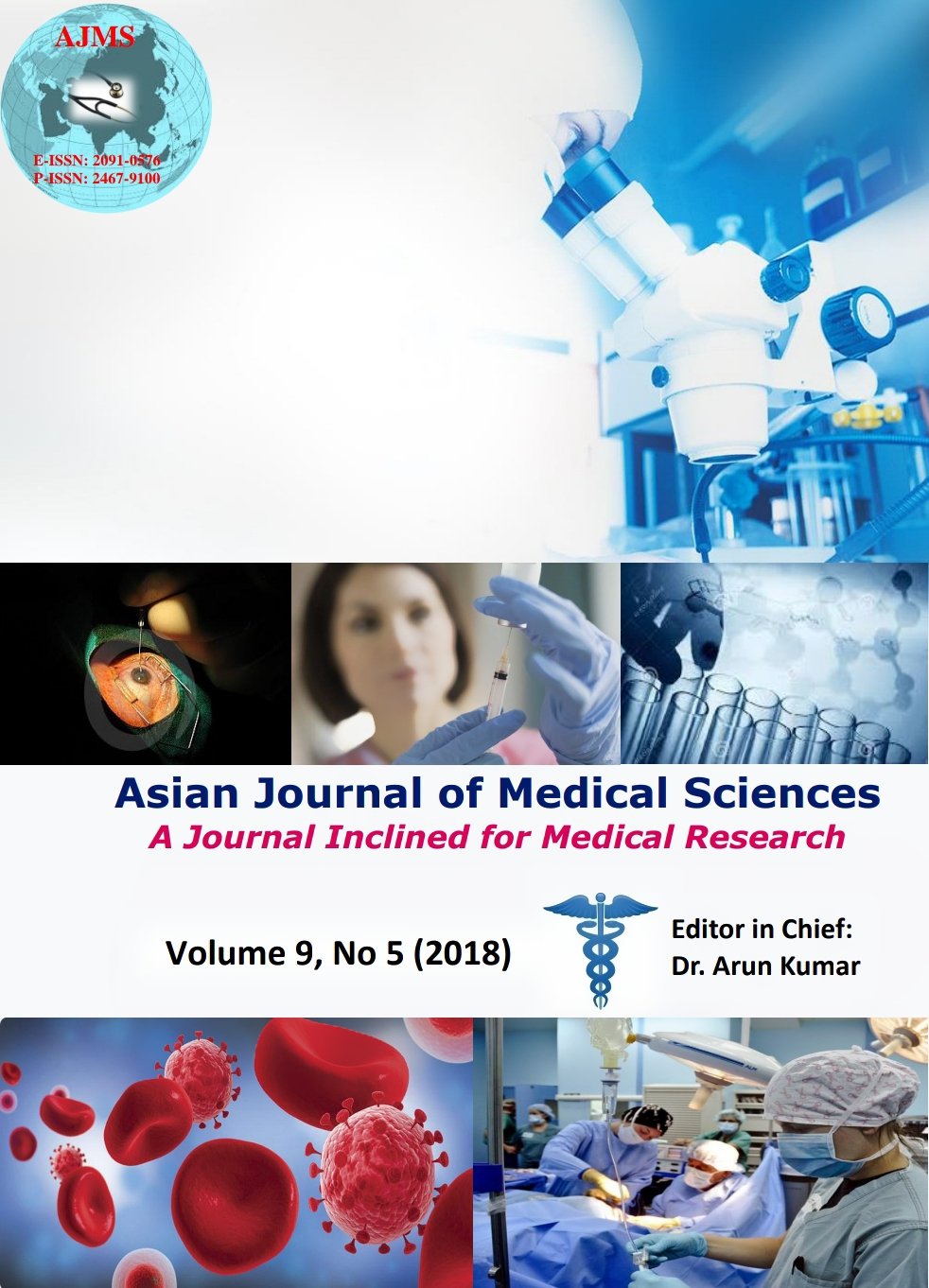Genetic causes of reproductive problems in the Bosnian women population
Keywords:
Genetic causes, Recurrent spontaneous abortions, Structural and numerical chromosomal aberrationAbstract
Background: The causes of infertility and recurrent spontaneous abortions are diverse and numerous – including non-genetic and genetic factors – whereby the importance of genetic factors in pathogenesis of infertility is becoming more and more common. Chromosomal abnormalities and genetic defects can cause reproduction failures, and for this reason genetic analysis can play an important role in reproductive problems research.
Aims and Objective: This study aims to determine the type and frequency of chromosomal
aberrations in the female population sample, as well as to determine if the difference between groups with and without chromosomal aberrations was statistically significant.
Materials and Methods: One hundred women aged 15-46 were included in the study, all
having different reproductive disorder diagnoses and requiring karyotype analysis in the Sarajevo Medical Faculty Genetic Center. Cytogenetic analysis was performed on the peripheral blood, which was cultured for four days, using GTG banding forchromosomal
analysis.
Results: Out of 100 women included in the study, an abnormal karyotype was found in 16 of them (16%). The difference between the frequency of normal and abnormal karyotype in women with reproductive problems identified in this study was found to be statistically significant. The pattern of chromosomal aberrations was similar to that reported in the previous cytogenetic studies with similar inclusion criteria.
Conclusion: This fact should be taken in the consideration in order to estimate true etiology of reproductive problems and it is a valuable information in the process of genetic counseling and decision making in assisted reproductive technology.
Asian Journal of Medical Sciences Vol.9(5) 2018 12-16
Downloads
Downloads
Additional Files
Published
How to Cite
Issue
Section
License
Authors who publish with this journal agree to the following terms:
- The journal holds copyright and publishes the work under a Creative Commons CC-BY-NC license that permits use, distribution and reprduction in any medium, provided the original work is properly cited and is not used for commercial purposes. The journal should be recognised as the original publisher of this work.
- Authors are able to enter into separate, additional contractual arrangements for the non-exclusive distribution of the journal's published version of the work (e.g., post it to an institutional repository or publish it in a book), with an acknowledgement of its initial publication in this journal.
- Authors are permitted and encouraged to post their work online (e.g., in institutional repositories or on their website) prior to and during the submission process, as it can lead to productive exchanges, as well as earlier and greater citation of published work (See The Effect of Open Access).




